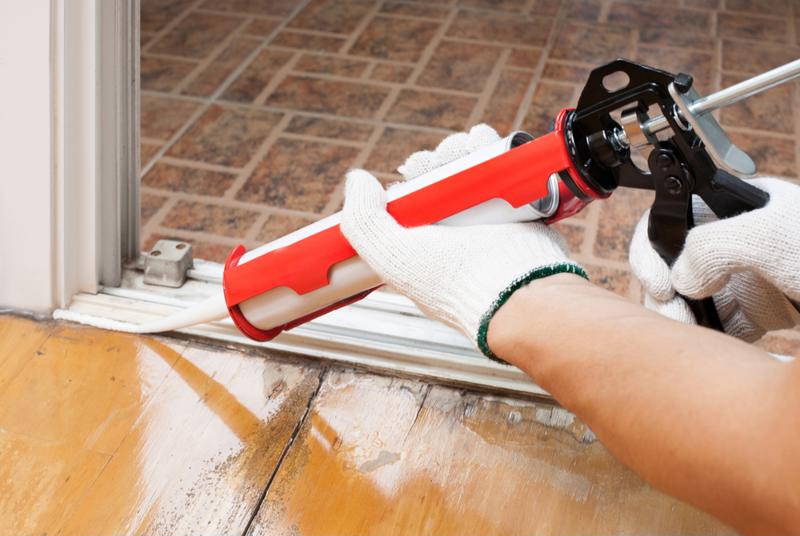Millions of Americans live in homes connected to private wells. Whether they're for bathing, drinking or the plumbing, these wells are key components of the property. Therefore, it's equally important – if not more so – that the water is tested to ensure safety and quality.
However, many homebuyers overlook this critical step when in the market for a new home, simply because it's not a problem for every listing – only those that are hooked up to private wells. If you're interested in a home that fits this description, here's what you need to know about water testing:
Why test the water quality?
If you're asking why you should test the water in a private well, the answer is simple: your family's health and safety.
Contaminated wells can contain:
- Bacteria
- Nitrates
- Nitrites
- Lead
Many more extensive tests also look for chlorine, clarity of water, iron and even the pH level. All this is done to ensure that the quality is safe not just for toilets, but also for bathing and drinking.

How can bad water affect a home sale?
While the health and safety of the residents is paramount, there's another reason why testing the water is a must before buying a home. A damaged well – or a well with low-quality water – could lead to delays in closing and even impact the property's overall value.
This water supply is integral to homes connected to private wells, and any problem, even a minor one, affects the livability of the house. If the buyer finds that the well is contaminated, he or she could either request a lower purchase price or walk away completely. In many cases, it would at least lead to a delay in closing.
In fact, low-quality water can be leverage for smart buyers. They'll now have the upper hand on the seller and can negotiate more concessions out of the deal. Fixing a damaged well can cost thousands of dollars, while cleaning the water could be slightly more affordable, depending on the contaminants.
Finally, the loan itself could be contingent on a well inspection and a passing grade, another wrinkle that could delay a purchase.
What can be done to prepare?
If a home has a private well, it must be inspected by a trusted professional. At Alban Inspections, we are qualified to perform water testing for private wells, including inspecting the well itself for damage.
We will collect the water and work with laboratories in the area to test for all of the contaminants listed above. Furthermore, it is recommended that homeowners test their private wells once per year for any potential problems.
If you have a need for water testing, please give us a call today!



